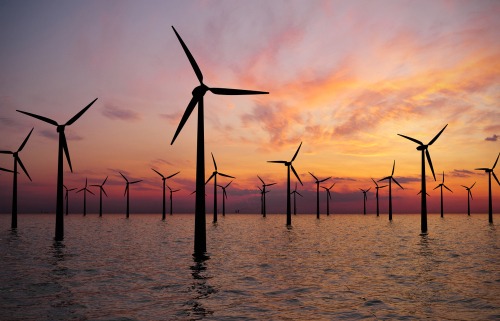Rhode Island Energy to issue RFP for offshore wind

Rhode Island Energy is issuing a request for proposals (RFP) to solicit approximately 1200 megawatts of new offshore wind.
“Offshore wind is critical in advancing Rhode Island’s 100 percent renewable energy standard and Act on Climate objectives,” Rhode Island Gov. Dan McKee said. “It’s more important than ever that we continue to push for new opportunities to expand offshore wind generation in Rhode Island while ensuring it is affordable for future generations. Rhode Island Energy recognizes the need for urgency in bringing more renewables online and I’m appreciative of their efforts to get another offshore wind RFP released.”
The new RFP will be released to coincide with offshore wind RFP procurement efforts in Massachusetts and Connecticut. This will drive a unique offshore wind industry opportunity and economies of scale across southern New England.
“Rhode Island has big clean energy aspirations and Rhode Island Energy is committed to helping achieve them,” Dave Bonenberger, president of Rhode Island Energy, said. “This new procurement can help advance the state’s clean energy goals and support achievement of Rhode Island’s emissions-reduction targets. We look forward to seeing how offshore wind developers can balance those goals with affordability and wider economic benefits for the state.”
The RFP is expected to be issued in October, with proposals due in early 2024. A potential selection is anticipated in summer 2024.
“Offshore wind is an important resource in diversifying our long-term energy portfolio and growing the state’s clean energy economy over the next decade,” Acting State Energy Commissioner Chris Kearns said. “Issuing this new and larger offshore wind RFP aligns with our objective to bring clean, affordable, and reliable power to all Rhode Islanders and meeting our Act on Climate law objectives.”
Responses to the RFP would be evaluated by Rhode Island Energy in consultation with the state Office of Energy Resources and Division of Public Utilities and Carriers.
